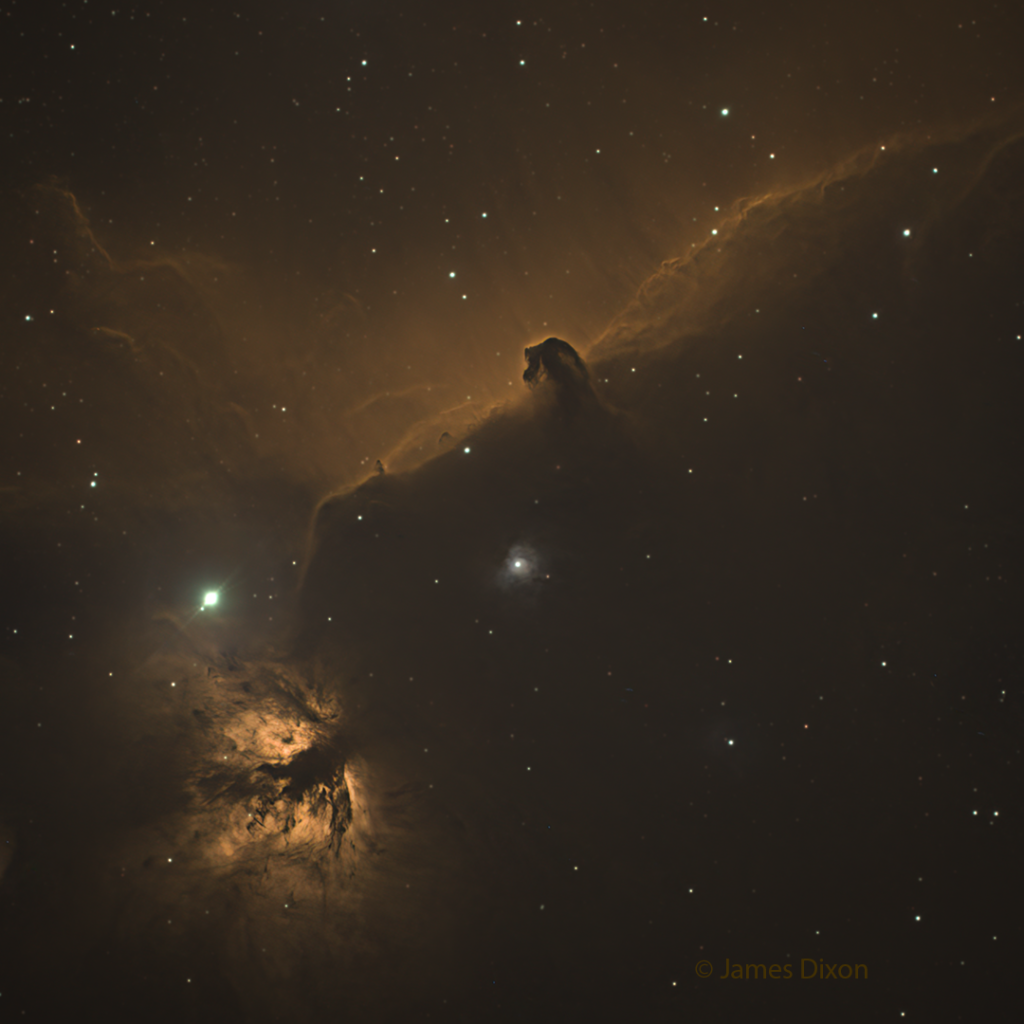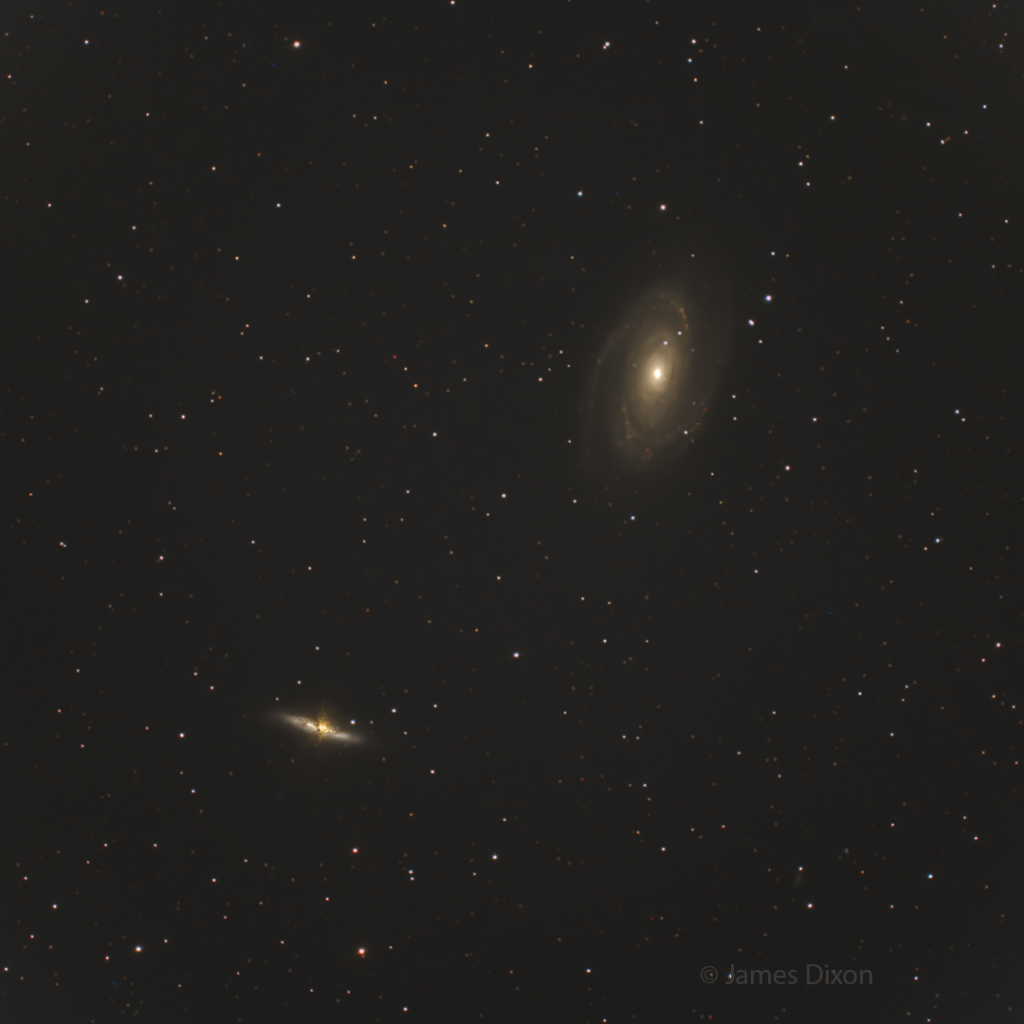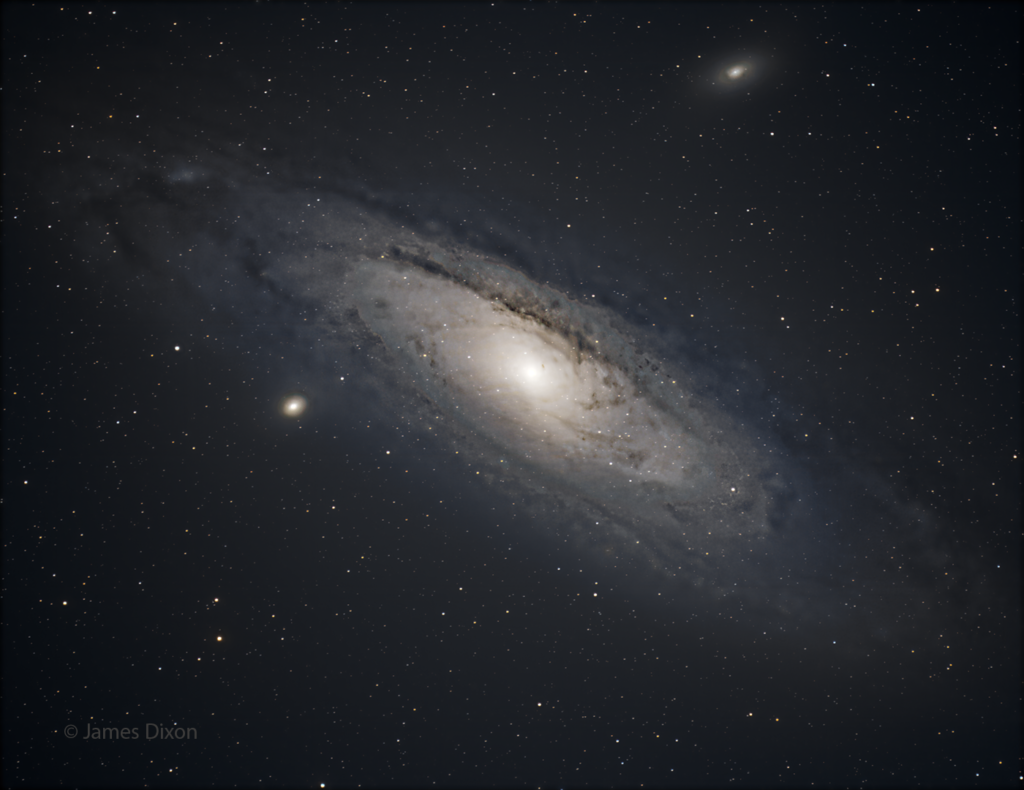Saturday was clear and mild but with a just past first quarter Moon. I got there around 7:30 and left around 4AM. I tried for three objects, two were semi-successful though I’ve probably done better on both before. I blame the Moon.
It’s early in the season for the Lagoon Nebula. As far as stellar nurseries go, this is second only to the Orion Nebula for proximity and brightness. It is visible to the naked eye. I shot it through the Little Rock light dome but my dual narrowband filter undoubtedly helped with this. I’ve never noticed that it resembles a lioness head facing right until now.
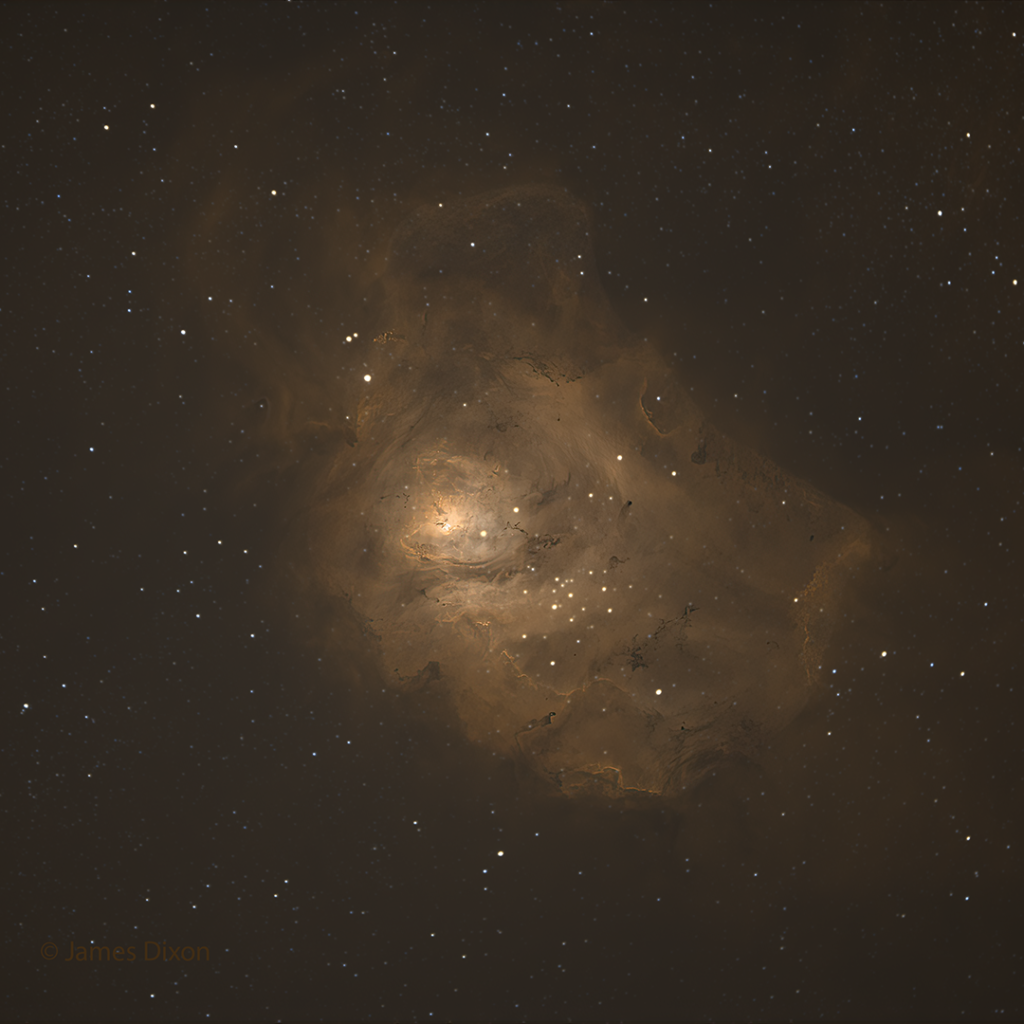
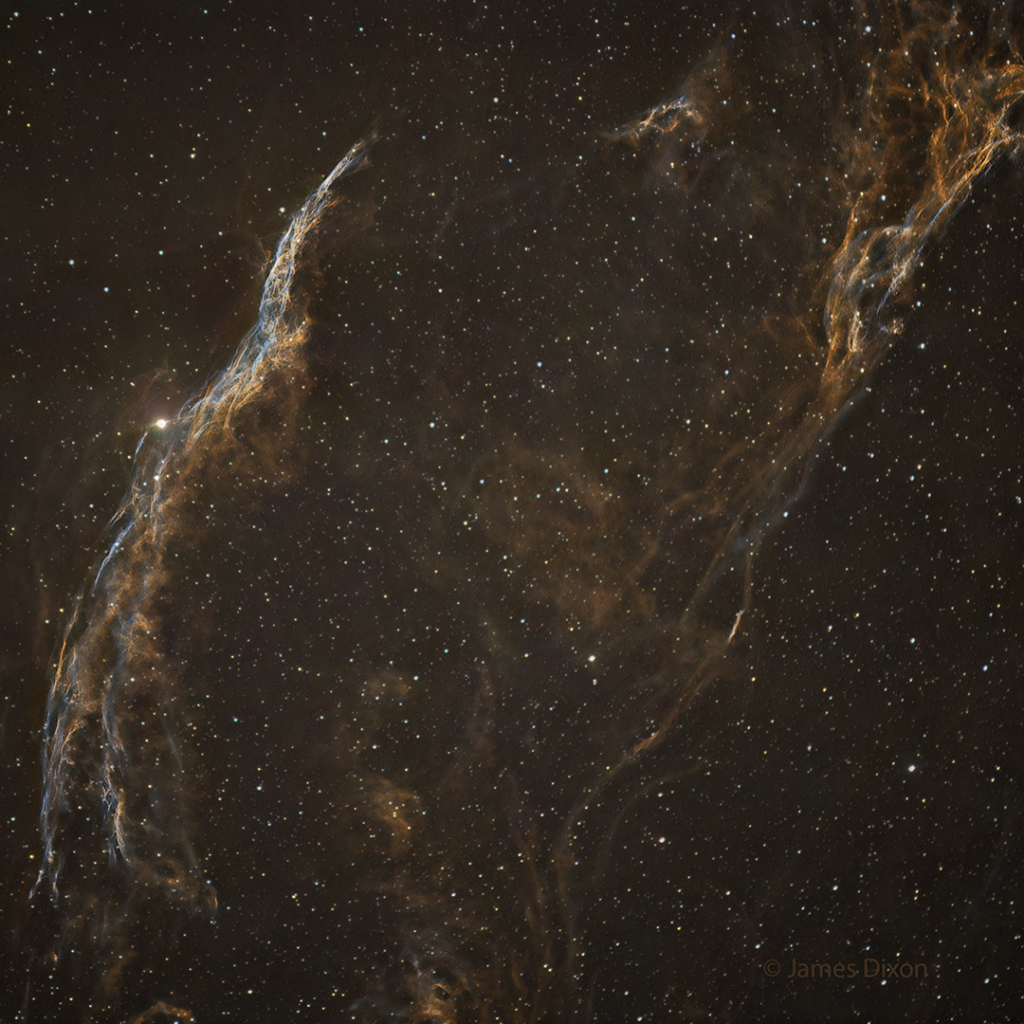
This the “Witch’s Broom Nebula”, part of the Veil Nebula in Cygnus. This is a remnant of a supernova that occurred about 30,000 years ago. My sleep deprived mind sees the east coast of the U.S. That’s “Maine” in the upper right and “Florida” at the bottom center. The “Appalachians” are obvious but too far west.

